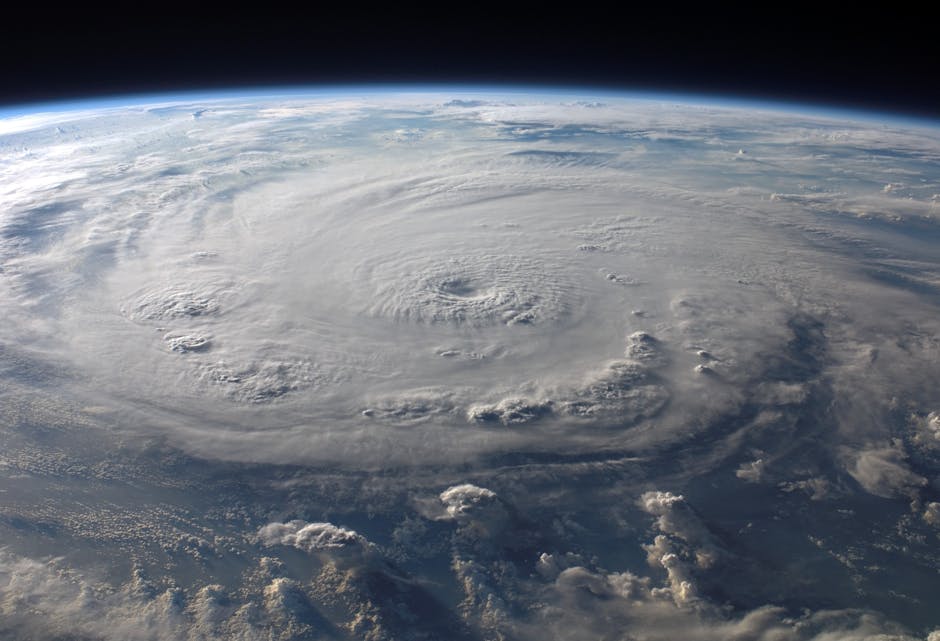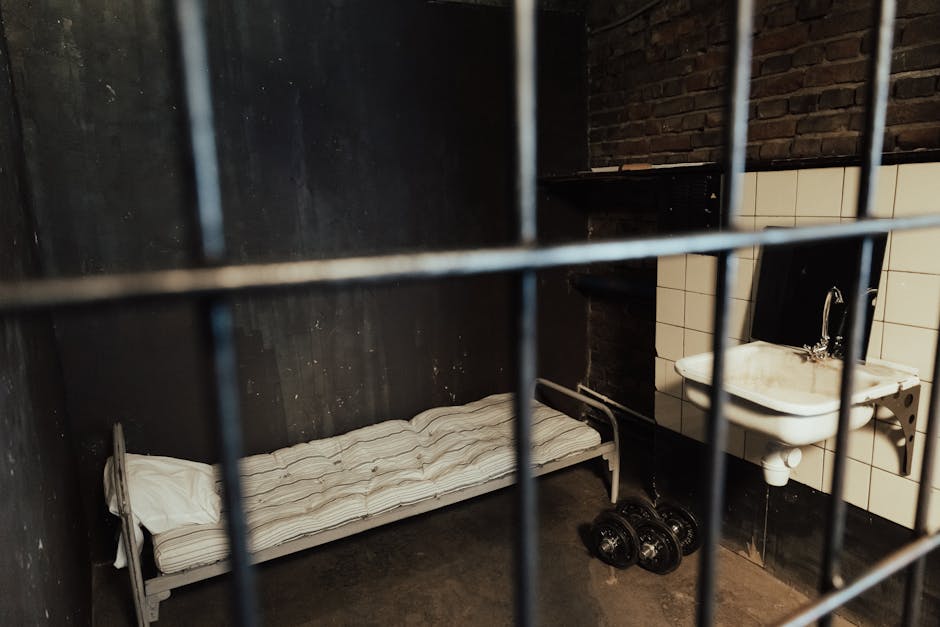The festive cheer that usually marks this time of year has been cruelly silenced in the central and southern Philippines. In its place is a landscape of unimaginable destruction as the nation grapples with the aftermath of Super Typhoon Rai, known locally as Odette. The Philippine death toll from the devastating typhoon nears 200, and officials warn this number is tragically expected to rise as communication is restored to cut-off areas.
A Category 5 Catastrophe
This wasn’t just another storm. Typhoon Rai was a behemoth, a Category 5 super typhoon that slammed into the archipelago with sustained winds of 195 km/h (120 mph). It stands as the strongest storm to hit the Philippines this year, leaving a scar on the land and its people that will take years to heal.
Reports from the ground paint a harrowing picture. Homes have been reduced to splinters, coconut trees snapped in half like matchsticks, and entire towns have been submerged by flash floods and landslides.
Tourist Havens Turned into Wastelands
Popular tourist destinations, including the islands of Siargao and Bohol, have been particularly devastated. What were once idyllic scenes of beaches and resorts now resemble a warzone.
The governor of Bohol province, Arthur Yap, reported a “clear” death toll of over 70 in his region alone, a number he fears will increase as mayors from across the island manage to report in. He described residents trapped on rooftops for days, pleading for food and water in what has become a desperate humanitarian crisis.
The Human Cost and Relief Efforts
The human cost extends far beyond the fatalities. Over 300,000 people were forced to flee their homes, abandoning everything to seek shelter in cramped evacuation centres. Now, they face a critical shortage of drinking water, food, and medicine.
The rescue and relief effort is a race against time but is being severely hampered. Widespread power outages and the collapse of communication networks have left many communities completely isolated. Roads are blocked by debris, and airports have sustained significant damage, creating a logistical nightmare for authorities trying to deliver aid. The Philippine military has deployed ships, boats, and aircraft, but reaching the worst-hit remote villages remains a monumental challenge.
As the full, devastating scale of Typhoon Rai continues to unfold, the world watches. The numbers we see are not mere statistics; they represent shattered families and entire communities whose lives have been upended just days before Christmas. The search for the missing continues as the nation, renowned for its resilience, is tested in the most brutal way imaginable.




